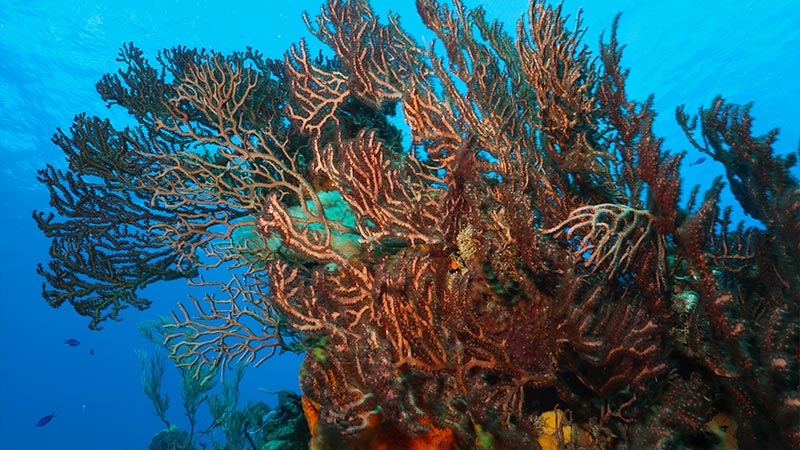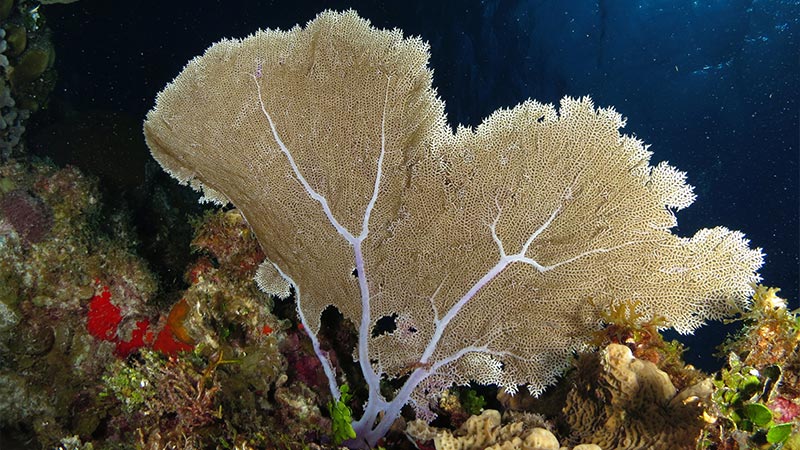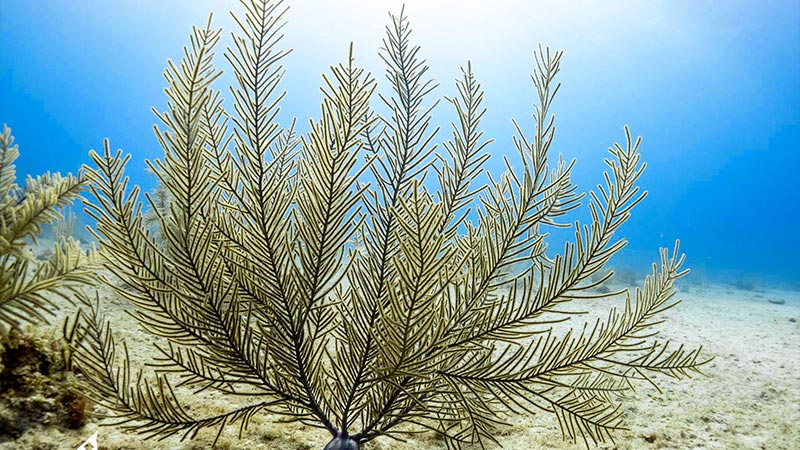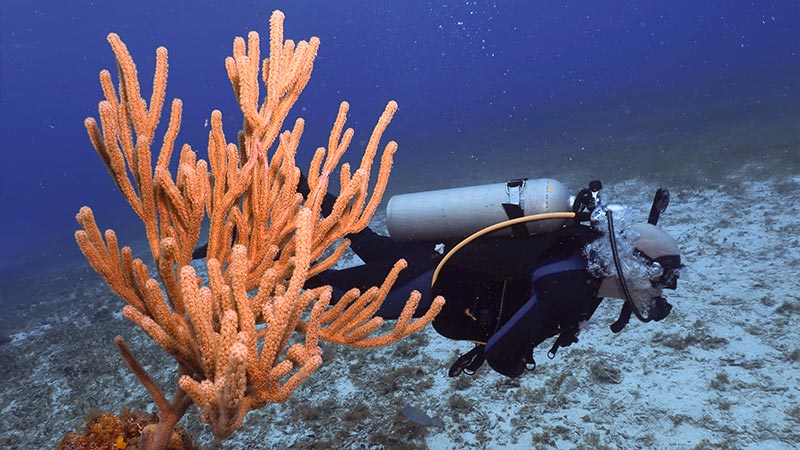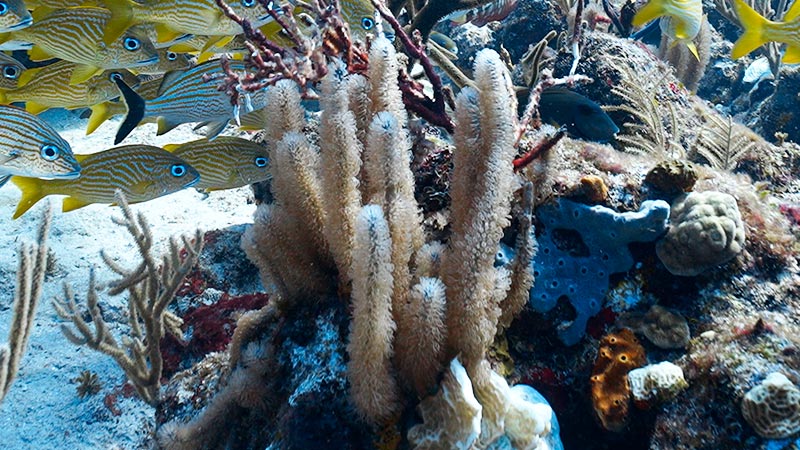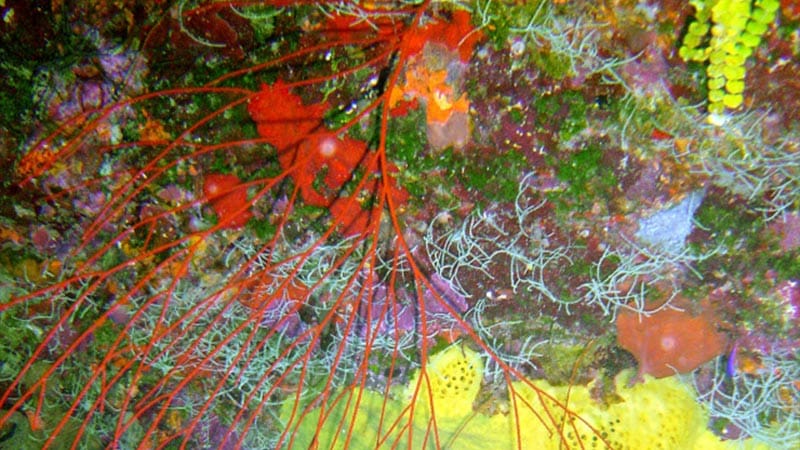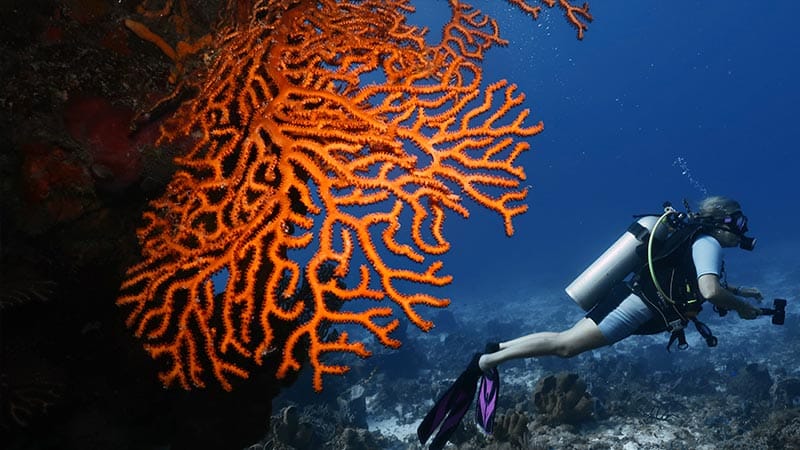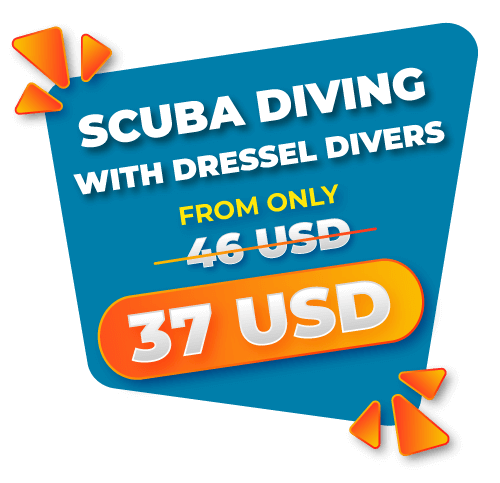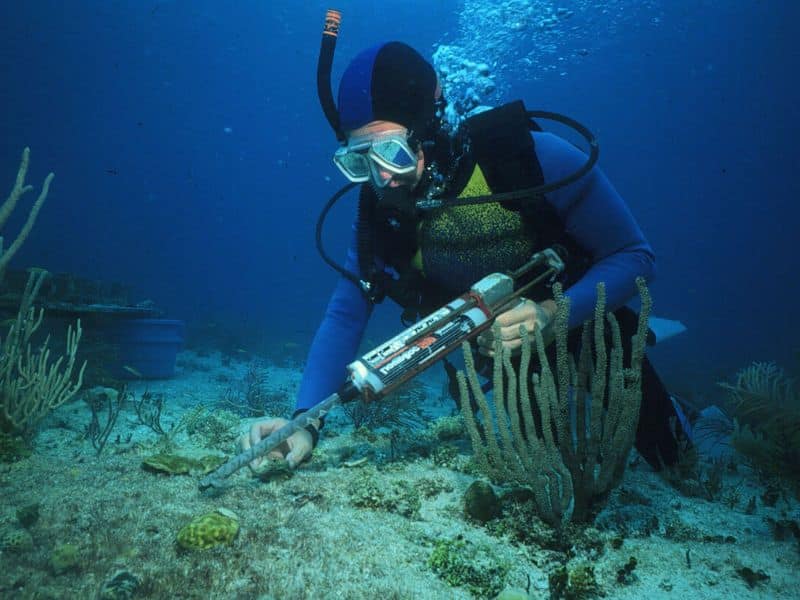Some people take up running. Others binge-watch series on digital platforms. As for me, to calm my mind, I have a penchant for diving around the gorgonian coral forest of the Caribbean Sea. Specifically, the sea fans of Cozumel.
To recover from diving, I dive. It’s crazy, I know. But it’s my way of finding tranquility. I reconnect when I see those sea fan corals swaying like colorful palm trees with their gentle shades of silver, blue, and purple. There’s no stress, no rush, no schedules to meet, no people to attend to. Just enjoyment, dreaming, and letting go.
This article, for me, is more than an essay about the subclass of Octorallia. It’s more like a written dive where you get to know the most beautiful gorgonian species of the Caribbean Sea. Are you up for it?






